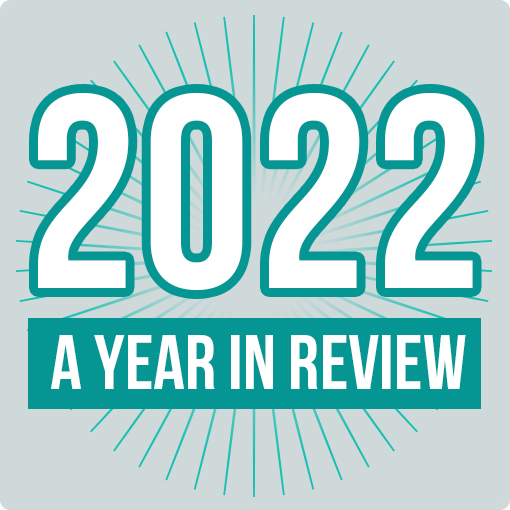Last September I introduced attribution modelling, a newish Google tool that helps you understand to what extent each step on a customer journey has contributed to a sale.
The better you understand this, the better able you are to allocate your ad spend appropriately to each step on the pathway.
Although attribution modelling is far from a perfect tool, it’s undoubtedly a very powerful one. So much so that I believe 2018 is the year you should do all you can to understand its relevance to you, and begin using it to maximum advantage.
Why do I say that? One reason is that customers are increasing the number of touchpoints they alight on throughout a buyer journey. I’m not just talking devices – laptops, mobiles, etc – but also places (Amazon, physical stores) and even times. Tracking customers along that journey is like playing Whack a Mole – it’s hard to know when and where they’ll pop up.
In fact, the terms customer journey and pathway to purchase are becoming something of a misnomer, implying as they do a more or less linear process whereas the actual process has a seemingly random, unpredictable quality to it.
The key word, however, is “seemingly”. While you and I with our puny brains may find it next to impossible to discern meaningful patterns in customer behaviour, attribution modelling uses powerful algorithms to separate the meaningful from the “noise”.
What does that mean in reality? It means you can gain insights into what attracted a buyer to you in the first place, what helped them get you from a possible to a likely provider, and finally what convinced them they should buy from you. What’s more (and arguably more important), it means you can assign a realistic weighting to the contribution of each factor towards the final purchase.
Late last year, Google ramped up attribution modelling by extending the kinds of data it takes into account. To get technical for a moment, the new version provides more cross-channel data than is available in Google Analytics to help assign credit to the true path of a sale and also features Google’s machine learning-based data-driven attribution model.
Although it’s still in beta stage and is now yet universally available, Google Attribution is worth checking out right now. To be notified when it’s available to you, simply complete this quick form. To see if you have access now, try logging in to Google Attribution.
Until then, now is a good time to ask how you will define success in 2018. Also, start preparing to give up the last-click attribution in favour of models that more accurately capture all the touchpoints that contribute to a sale.
It does mean more work, but the payoff – increased sales and bigger profits – will easily outweigh your effort. And, as always, we’re here to partner you along the way.



